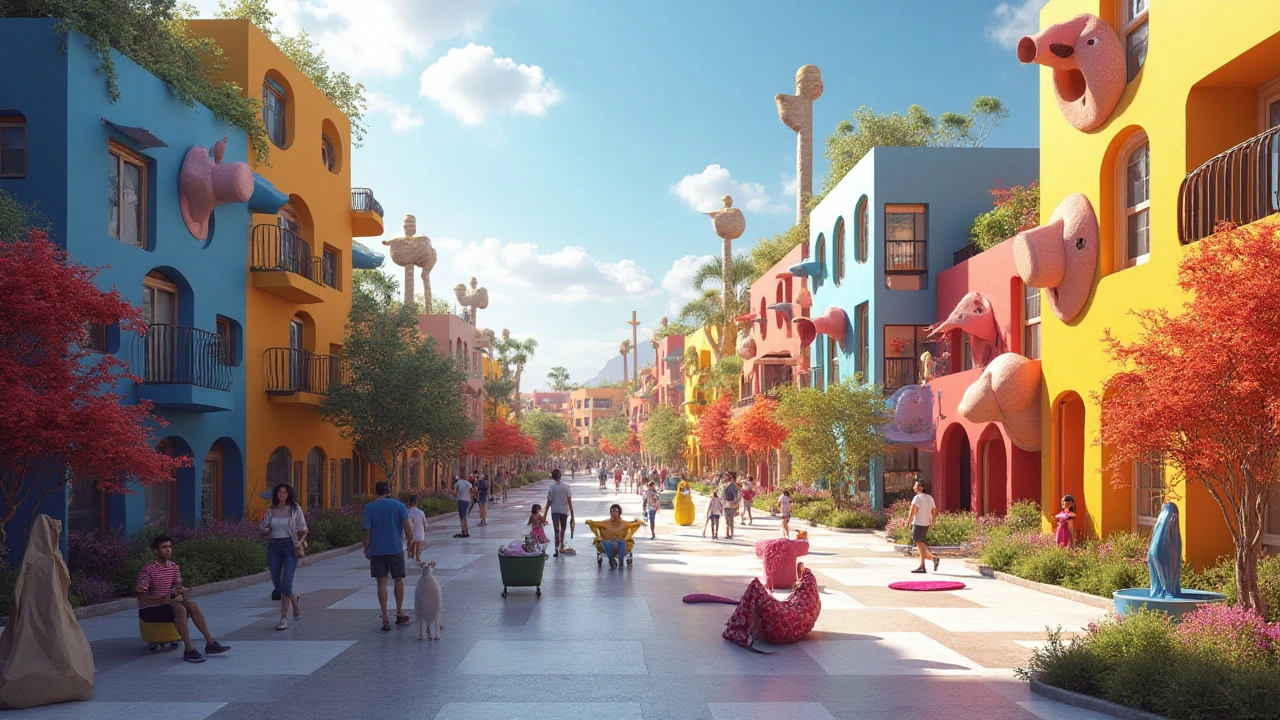Explore how postmodern architecture brings a visual feast to the eyes with its eclectic, innovative designs. Learn about its roots, defining features, and notable examples from around the world. Find out how postmodernism challenges conventions to create spaces that are both functional and artistic. Get tips on incorporating postmodern elements into your own architectural projects.
Innovative designs in architecture: how to spot and use fresh ideas
Innovative designs grab attention because they solve problems in new ways. You don’t need a big budget to use smart ideas. Start by looking at materials, structure, and function — not just the surface. A creative detail, like a reclaimed-wood facade or a daylighting strategy, can change how a building performs and feels.
Think like a builder and a user at the same time. Ask: who uses this space, what do they need, and how can form help function? Good innovation is practical first. It keeps people comfortable, saves energy, or makes maintenance easier. Then it looks good. That balance is what separates clever concepts from gimmicks.
Real examples that teach useful lessons
Look at neo-futurism for bold ideas about materials and movement. These projects show how curved forms and integrated tech can create memorable public places. High-tech architecture offers lessons in exposing structure and systems. When you show how a building works, the design feels honest and confident. Bauhaus and mid-century modern teach restraint — simple layouts, clear lines, and human-scale details that still feel modern today.
Historic styles like Beaux-Arts or Greek Revival remind us that proportion and detail matter. You can combine a classic rhythm of windows with modern insulation and still get a fresh result. Constructivist and expressionist projects push the limits of shape and program; take small cues from them—an angled roof or a dramatic entrance—rather than copying extreme forms wholesale.
How to apply innovative designs in your next project
Start with one measurable goal: lower energy use, brighter interiors, or simpler maintenance. Pick one strategy that fits that goal. For energy, add passive shading or a daylighting plan. For comfort, reorder spaces so noisy functions sit away from quiet zones. For cost control, use modular elements that can be prefabricated.
Test early and cheap. Build a mockup of a window detail or a courtyard path and watch how people move. Small prototypes reveal real problems fast. Use materials you can source locally to cut cost and reduce delays. And keep installation in mind—complex ideas are great on paper but fail if builders can’t execute them.
Finally, mix old and new with purpose. Use classical proportions where human scale matters, and apply modern systems where performance matters. When you combine a clear idea with simple execution, the result feels both honest and fresh. Want a quick checklist before you start? Define one goal, pick one bold move, test a small prototype, and plan for how it will be built. Do that, and your next project will feel like an innovative design rather than a trend-chasing experiment.

